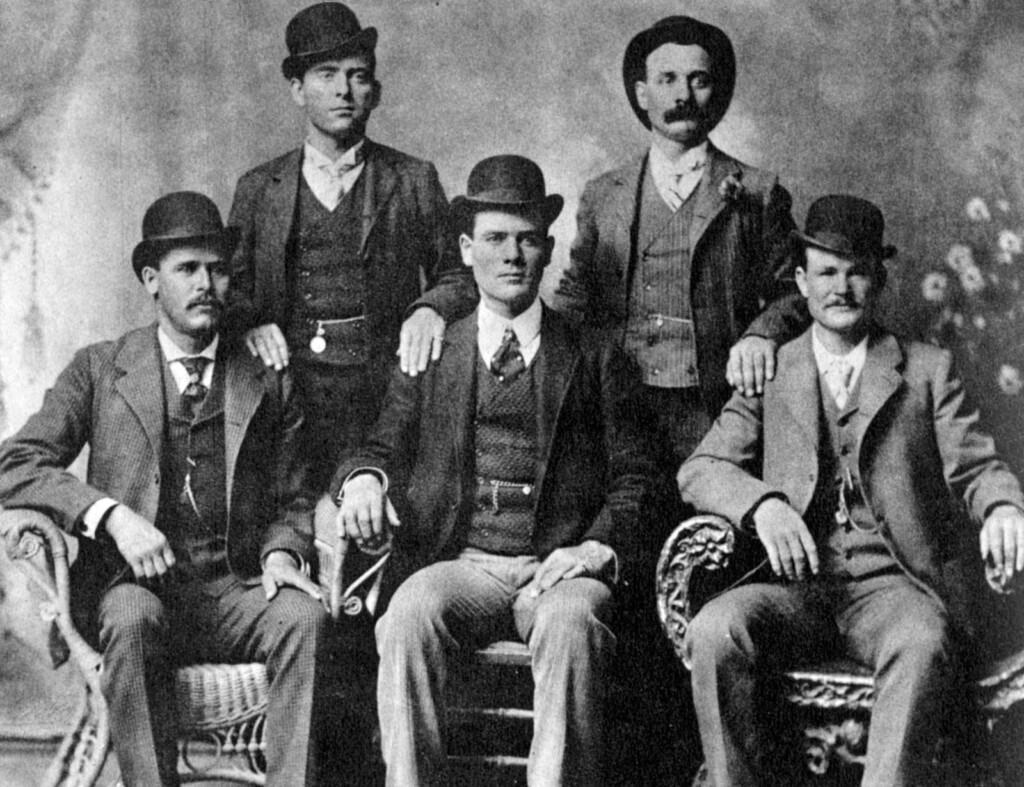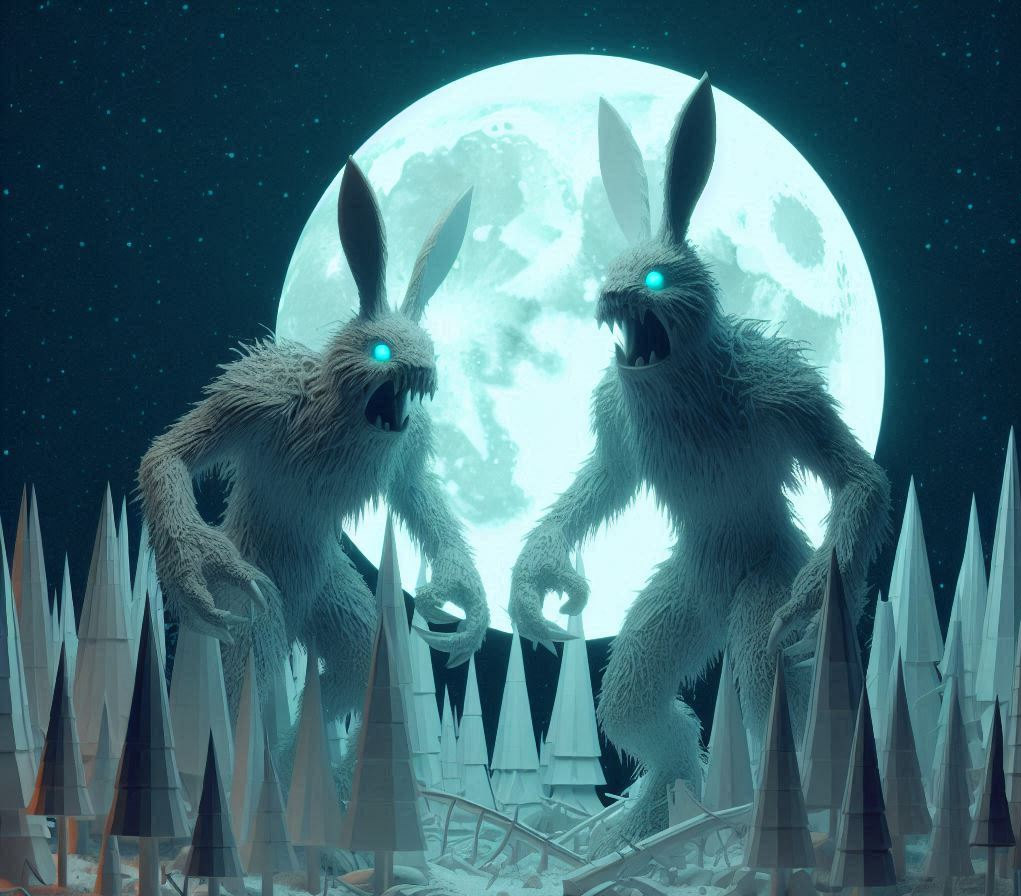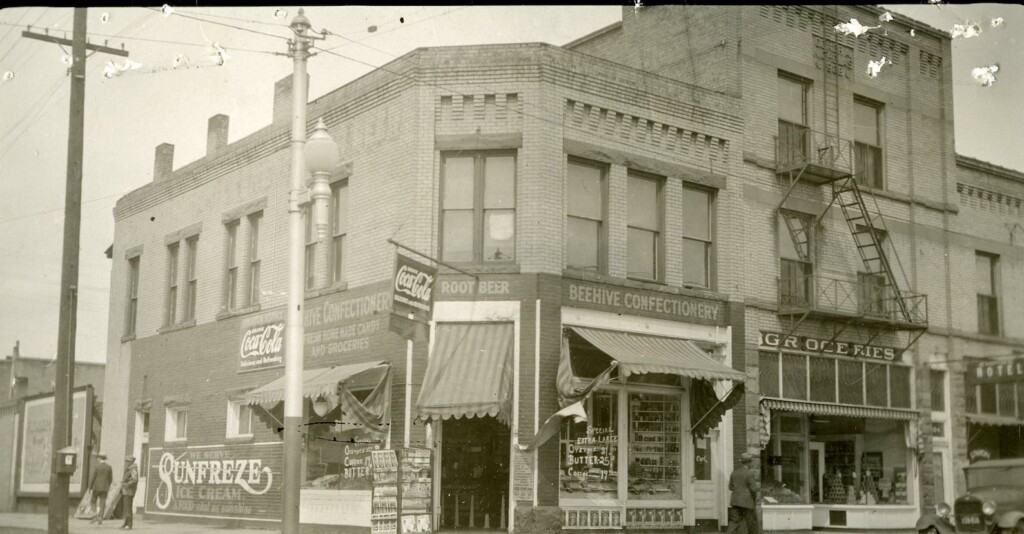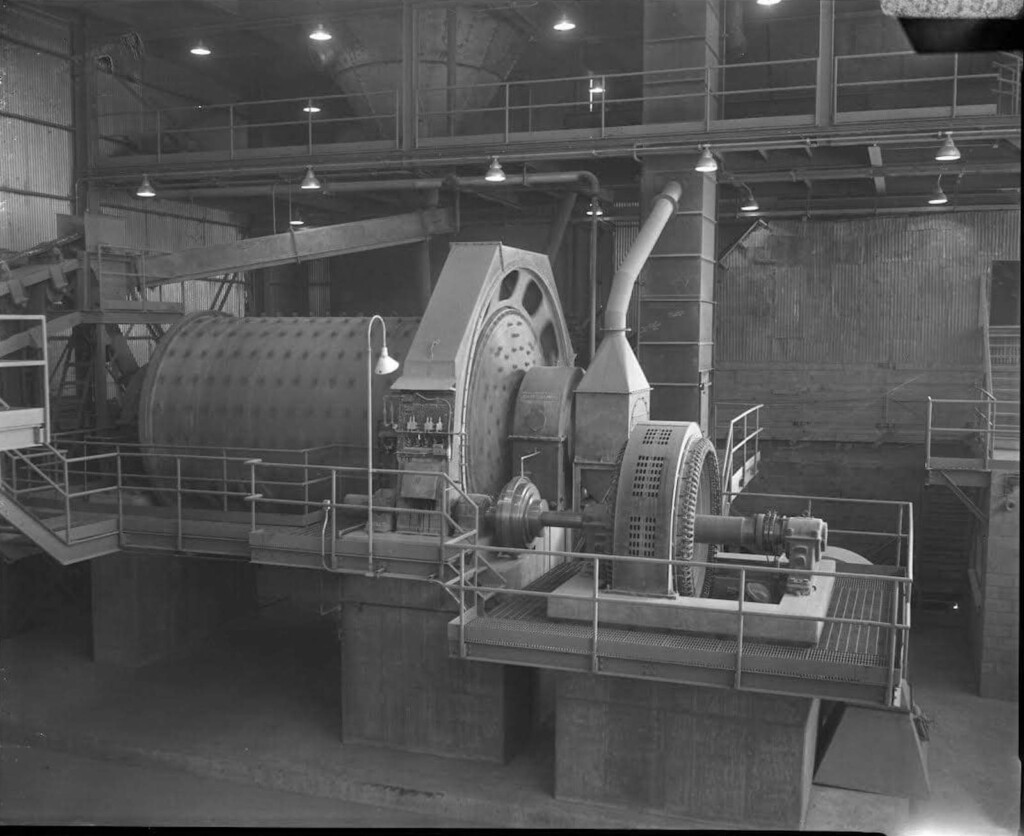It is this folklorist’s opinion that the “Old West” is arguably the most fascinating lore-based time and place in the United States. The intricacies and nuances of the west make for a mighty trove of legends, myths, and folk heroes, but like all folk heroes and legends, the truth sometimes gets distorted. So much so that it leaves us with confusing and often outlandish pieces of partial truths to rummage through.
Take Arizona’s “Tombstone ThunderBird” for example. It’s a photograph of a supposed Pteranodon taken in 1890, and a story I’m currently digging into related to tales of “ghost trains” in southern Utah, but we’ll save that for another day. Utah Stories released me into the wild to find evidence of Butch Cassidy’s exploits in Moab.
Growing up Butch Cassidy
Butch Cassidy is likely Utah’s most celebrated outlaw, and is sometimes referred to as the “Robin Hood of The West.” Cassidy, whose birth name was Robert LeRoy Parker, was born to Mormon parents in Beaver, Utah on April 13, 1866.
Cassidy grew up working the ranches around Circleville, Utah. He didn’t take up cattle rustling and other crimes until his family lost their land in a property rights dispute. Unfortunately, due to the effects of pop-culture and fakelore, the truth, or as close as we can come to it, often becomes contaminated with fanciful but false exploits. This kind of misinformation isn’t intentional, but is a natural side effect of oral tradition.
History will often grow beyond truth, which is why I reached out to my “know-it-all” anthropologist buddy and mentor, Joel Bradford. Joel has spent time digging into various aspects of the folklore of the West, and he was kind enough to share some of his insights with me.
According to Joel, “It’s generally stated that Cassidy wasn’t a violent person, per se. It was members of his gang, The Wild Bunch, previously referred to as the Hole In The Wall Gang, who were the violent ones.”
But I’ve read in other places that the entire Wild Bunch gang did their best to abstain from intentionally harming people.

Cassidy in Moab
Reports of specific criminal activities in Moab are not well documented. We do know that the area surrounding Moab served as a strategic location for questionable activities. We know The Wild Bunch used it as a base of operations to plan and execute train and bank robberies throughout the region.
I asked Joel, “But what about Cassidy’s connection to Moab? He did spend some time in Southern Utah, right?” To which Joel replied, “There’s Robbers Roost. This was one of Cassidy’s more, I guess famous hideouts. It’s close to Moab, so you could argue he probably spent some time there. It’s a rough and remote area that provided an excellent hideout for Cassidy, his gang, and possibly others. It’s where they avoided law enforcement, planned illegal activities, and was a place to heal from wounds.”
Joel continued. “The demands of the terrain made it difficult for lawmen to pursue them effectively. This region around Moab zig-zags and intertwines with trails used by all manner of scandalous individuals.”
You can easily imagine the best of the worst coming through these trails, for these trails connected multiple-hideouts while simultaneously providing escape routes after robberies. A hardy knowledge of these trails was crucial for any gang’s mobility and success. There have been so-many yarns and legends about Butch Cassidy that they have become part of the accepted oral traditions These stories often include accounts of secret hideouts, buried treasure, encounters with residents, hold-ups, and the like.
Still, even if there isn’t much evidence for Cassidy’s exploits in Moab, his name alone carries with it an aura of western magic that is contagious. Butch Cassidy brings a legacy that has consistently been a part of Utah’s cultural and folklore heritage. There are several locations scattered throughout Southern Utah that designate or celebrate small, but historically significant tales of Cassidy and the Wild Bunch.
Truth vs. Myth
We use history to build our identities and our collective connections to the human experience, but in this case especially, as Utahns, our relationship to culture tells us there is a need to acknowledge the complex similarities between culture and folklore. So for this purpose, let’s assume that culture and folklore are intertwined in too many ways to ignore. (I’ve had many conversations and arguments within the folklore and anthropology community about this relationship.)
Here’s what we know. Butch Cassidy has become an important part of the American West and its history, but one might say that he’s become an equally-important part of Utah lore. Is it truly important that Cassidy didn’t spend as much time in Moab as we might like? Maybe the Wild Bunch didn’t successfully pull off some breathtaking heist in Grand County, but you’d think he did based on how much he has been romanticized.
In preparation for this article, I took to the streets to ask people about Butch Cassidy, and the responses were an almost equal blend of “Wasn’t he a cowboy or criminal who robbed the West?” to “Isn’t he one of Utah’s most infamous old-west criminals?” There is a collective knowledge of who Butch Cassidy was, but much of it isn’t based in reality. Cassidy’s legend, like all folk-heroes, has taken on a separate life of its own.
We’ve all heard of the celebrated Paul Bunyan of American and Canadian folklore/fakelore, but there’s one huge distinction: Butch Cassidy actually existed whereas Paul Bunyan did not. But that doesn’t mean that Paul Bunyan hasn’t become an intrinsic folkloric archetype that has romanticized itself into the hearts and minds of North Americans, much like Butch Cassidy.
Take yourself back to the early 1890s. A heavy midday November storm has drenched the city of Moab. The streets of the small mining town have been muddied and the sound of rain splashing shields the sloshing hoof steps of a lone rider. The rider, Cassidy, has followed his partner Harry Alonzo Longbaugh, who moseyed into town a few days before to survey the area in preparation for a potential score with a local mining company. Word on the street is that the mining company is three weeks behind in making payroll. The miners are angry, but payment is arriving on the morning train, and will then be taken by horseback to the bank to be dispersed.
Longbaugh was lucky enough to find lodging almost directly across from the bank. He’s been eyeing the situation from a close distance, looking for weaknesses in and throughout the bank and local law enforcement. Here’s hoping he’s clever-enough to follow through with our plan and not get sidetracked by the “painted ladies.”
I’m coming up to the boarding house now and I can see him peering down at me through the window. He doesn’t look happy. He motions me to move on.
Something is wrong. I pull back and keep on moving through. We’ll meet up at the broken wagon next to the river tomorrow. We’ll figure out where to go from there.
Maybe Cassidy had plans to be more active in the Moab area, but due to circumstances of competent law enforcement and poor timing, we are faced with what? Truth, lies, and lore. Whatever the case, we cannot disagree that Butch Cassidy is an American folk hero and that his legacy can be felt in multiple ways.
Cassidy has become an essential aspect of the American West. Thus, whether we realize it or not, he is a part of our collective folklore heritage in the oral tradition. These concepts go hand-in-hand in the creation of legend, folk tale, folk heroes, and even myth.
Yes, Butch Cassidy spent some time in Moab. In fact, he never left.
Feature Image: Illustration of Butch Cassidy by Chris Bodily.






